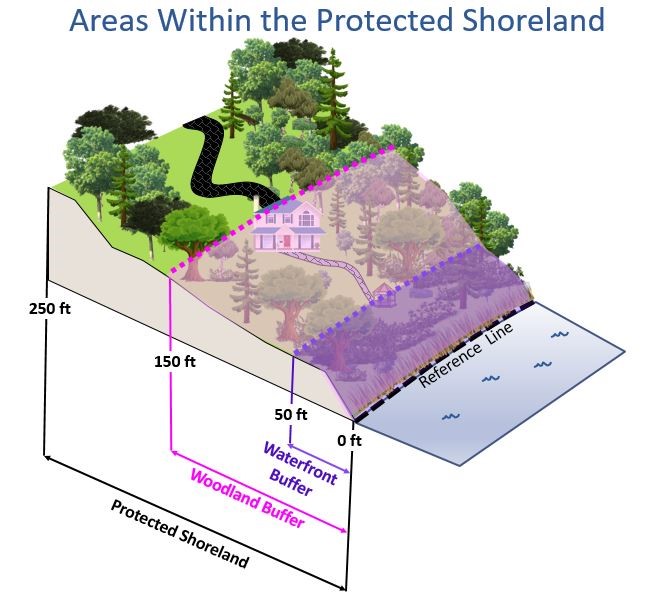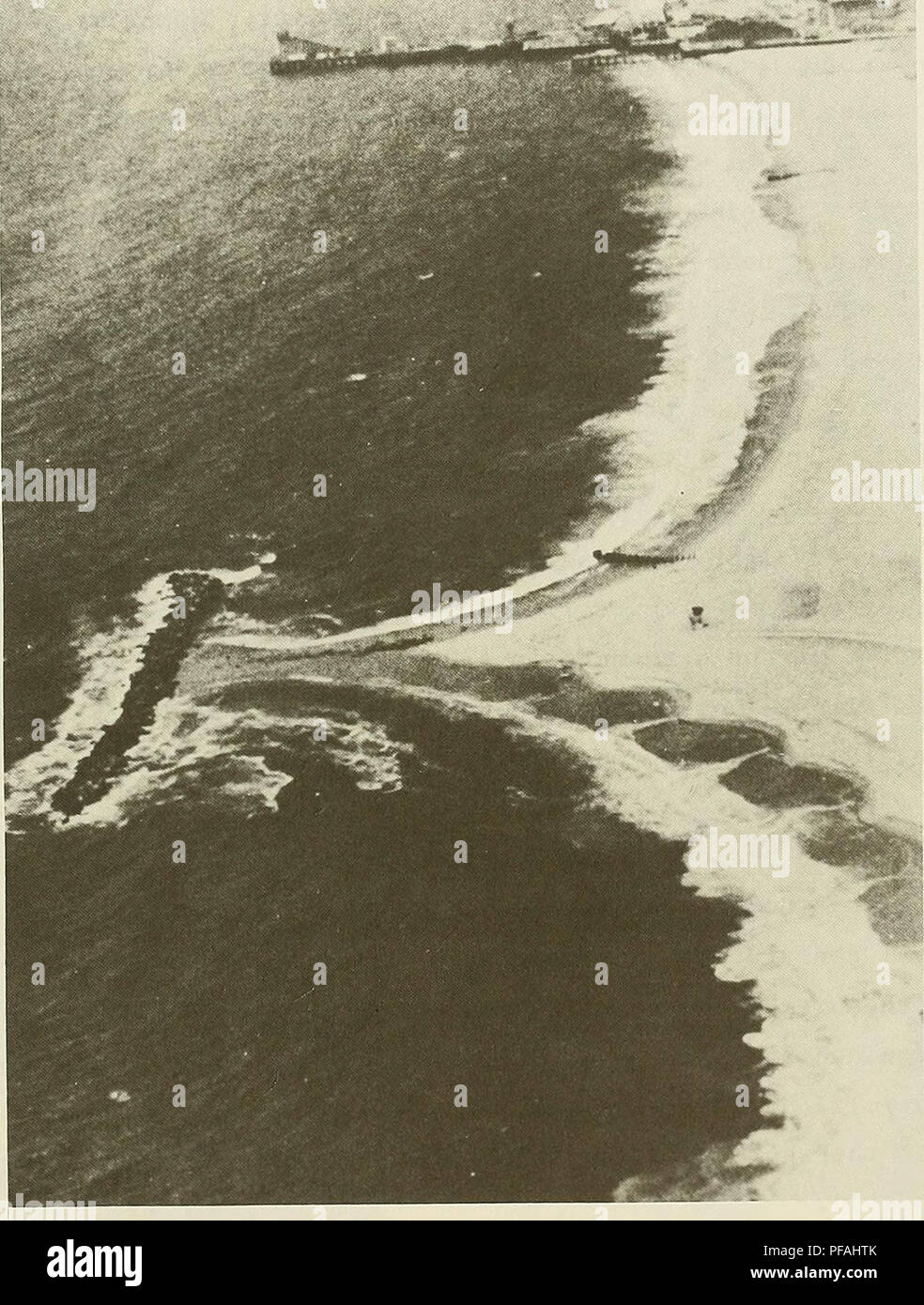Getting The Shore Protect Team To Work
6 Easy Facts About Shore Protect Team Explained
Table of ContentsGet This Report about Shore Protect TeamGetting The Shore Protect Team To WorkSome Of Shore Protect TeamAn Unbiased View of Shore Protect TeamGet This Report on Shore Protect TeamHow Shore Protect Team can Save You Time, Stress, and Money.Some Ideas on Shore Protect Team You Need To Know
Decline in property value: As the location tourist is impacted by disintegration, so after that is the economic situation. Buyers are much less most likely to look for a coastline home that can be destroyed at any type of minute by the upcoming flooding and erosion emergency situation. Subsequently, home worth can go down immensely and impact the whole region.Whether a beach is just tiny and jampacked or needs to close completely for the safety of the ecological community and nearby buildings, this significantly influences tourism. Subsequently, neighborhood economies are affected (https://www.ikeanded.com/directory/listingdisplay.aspx?lid=214384). Risk of injury: The boosted threat of flooding and structural failures triggers a boosted danger of injury to neighboring travelers and neighborhood members

is home to greater than 84,240 miles of shoreline with 41% of it exposed to the open ocean. Coastal designers supervise of protecting the coast against modifications by decreasing the harmful impacts of both natural and manufactured incidents. Coastline stablizing is straight relevant to their work. Waterside hotels: Since shoreline erosion effects tourism, it impacts the success of waterfront hotels.
The Buzz on Shore Protect Team
Coastal commercial services: No travelers suggests no company. Coastal state parks: State parks that exist along coastlines are at danger of damages.
Hard stabilization uses man-made structures as protection to control erosion. Most forms of hard stablizing like seawalls and sheet steel are not ideal for coastline stablizing.
The Definitive Guide to Shore Protect Team
There's likewise inadequate evidence of their performance relying on the type of coastline and neighborhood conditions. Hard stablizing techniques often tend to be a lot more tough to install and do not match the natural aesthetic, protruding like a sore thumb and hurting local ecosystems in several situations. Coastline nutrition is the procedure of adding lost sand and sediment back to coastlines after erosion has actually happened.
TrapBags aid in the procedure of beach nutrients by shielding natural environments and enabling plants to expand. While this process can be expensive and is not long-term, the pros tend to outweigh the disadvantages. TrapBag obstacles deal lots of buildings that make them suitable for coastal and shore erosion defense. They're: Eco-friendly: You can make use of native dirt both to border and to fill the TrapBags.

The Definitive Guide to Shore Protect Team
Easy to mount: Alleviate of setup means TrapBags can be released swiftly in case of an emergency situation. They can likewise be installed with no hefty machinery. Affordable: TrapBags are excellent for both tiny and huge locations of shoreline. They provide a cost effective service to cover tasks of any type of dimension.
The suitable seawall layout relies upon location-specific aspects, consisting of surrounding erosion processes. There are three major kinds of seawalls: vertical, curved, stepped, and piles (see table listed below). A report released by the United Nations Atmosphere Programme (UNEP) suggests that the tidal wave of 26 December 2004 caused less damages in the areas where natural barriers were existing, such as mangroves, coral reefs or seaside vegetation.
All-natural obstacles, such as reef and mangrove woodlands, avoid the spread of tidal waves and the circulation of seaside waters and reduced the flood and rise of water. A cost-benefit method is a reliable way to determine whether a seawall is proper and whether the benefits are worth the expense.
Little Known Questions About Shore Protect Team.
A seawall is a fixed function which can contrast with the vibrant nature of the coastline and restrain the exchange of debris between land and sea. The table below summarizes some positive and unfavorable effects of seawalls which can be made use of when contrasting their efficiency with various other coastal monitoring options, such as coastline sustenance. [] Benefits and downsides of seawalls according to Short (1999) Advantages Downsides Long-term remedy in comparison to soft beach nourishment.

This can trigger coastlines to dissipate, providing them worthless for coastline goers. Normally, seawalls can be a successful method to manage coastal disintegration, yet just if they are built well and out of products that can stand up to the pressure of recurring wave power. Some understanding is needed of the coastal procedures and morphodynamics particular to the seawall place.
The 8-Minute Rule for Shore Protect Team
Integrated with a high construction price, this has actually resulted in enhancing usage of other soft engineering coastal administration options such as coastline replenishment. Seawalls are constructed from various materials, most commonly enhanced concrete, rocks, steel, or gabions. Other feasible building and construction materials include plastic, timber, light weight aluminum, fiberglass composite, and naturally degradable sandbags made of hemp and coir. The proper seawall design depends on location-specific elements, consisting of surrounding disintegration procedures. There are three main types of seawalls: upright, curved, stepped, and mounds (see table listed below).
Natural barriers, such as reef and mangrove woodlands, avoid the spread of tidal waves and the flow of seaside waters and mitigated the flood and rise of water. A cost-benefit approach is an efficient method to determine whether a seawall is proper and whether the advantages are worth the expense.
The Buzz on Shore Protect Team
A seawall is a static function which can contravene the dynamic nature of the coastline and hamper the exchange of debris in between land and sea. The table listed below sums up some favorable and adverse results of seawalls which can be made use of when contrasting their performance with various other seaside monitoring alternatives, such as coastline nutrients. [] Benefits and downsides of seawalls according to Short (1999) Benefits Drawbacks Long term service in comparison to soft beach nourishment. flood protection.

This can create coastlines to dissipate, making them pointless for coastline goers. Normally, seawalls can be an effective means to regulate seaside erosion, yet only if they are created well and out of materials that can hold up against the pressure of recurring wave energy.